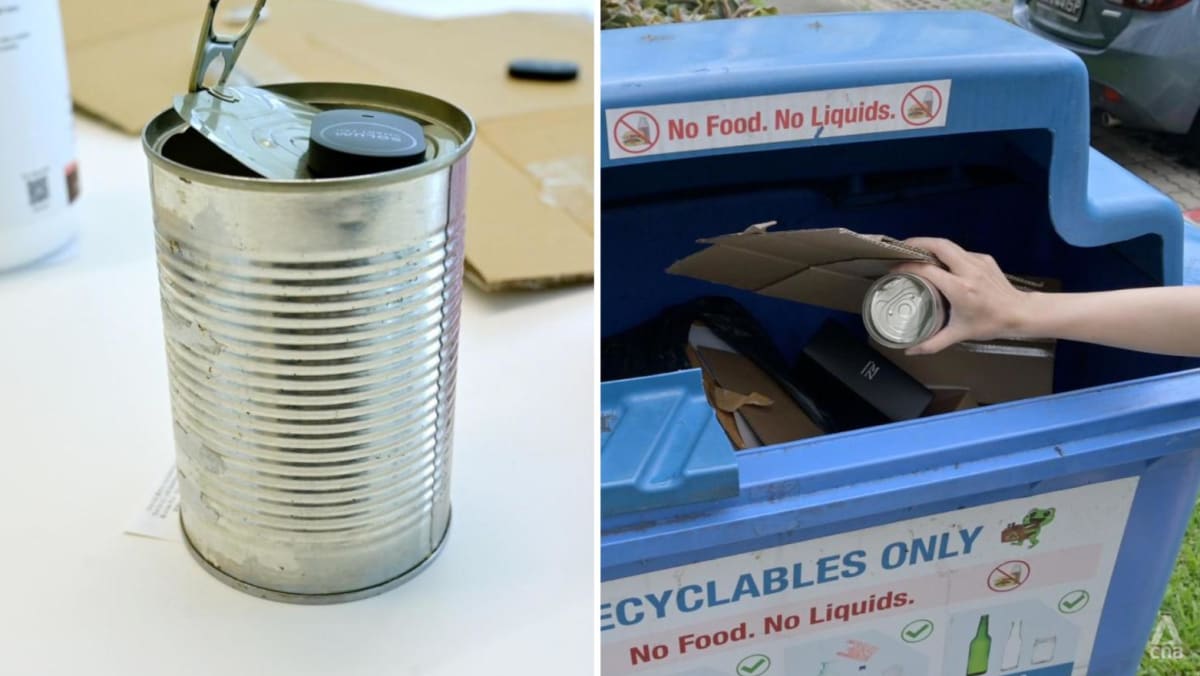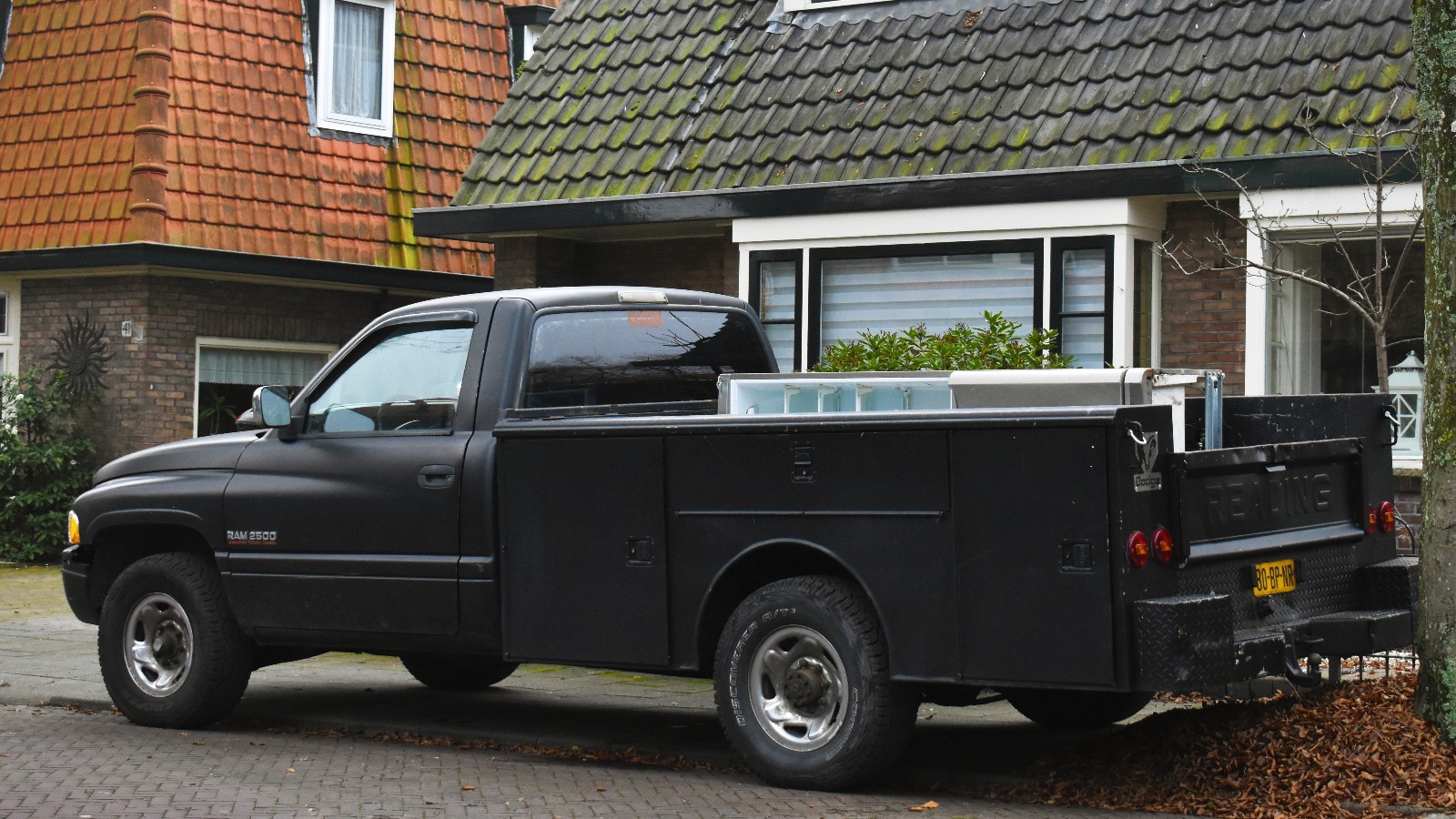His colleague, NUS Professor Rajasekhar Balasubramaniam, also pointed out that cardboard generally appeared the same, unlike metals which could come in different types, shapes and sizes.
“It’s much easier to deal with cardboard when it comes to recycling. It doesn’t involve sophisticated technology. All cardboard items can be recycled,” the Professor from the Department of Civil and Environmental Engineering said.
“But metal cans, not everything can be recycled, only certain types of metal cans can be recycled due to the facilities that we currently have.”
As for the plastic vitamin bottle that was sent to the incinerator, Prof Tong felt that it could have been contaminated by hard to remove substances like oil.
It could also have been ruined beyond a recognisable shape through its journey, and so was not picked out.
Prof Balasubramaniam was “surprised” that two items went to incinerators.
Putting himself in the shoes of a consumer, he said: “I throw clean recyclable items into designated blue bins, with the expectation that the recyclable items will go to recycling facilities.
“So if the items do not go to recycling facilities, it’s beyond my control, I’m not responsible. So if by any chance those items end up being handled in incinerators I need to know why as a consumer committed to recycling.”
COMMINGLED BINS STILL THE WAY FORWARD?
Views on maintaining the status quo with commingled bins were split.
Convenience is the main rationale behind commingled recycle bins, and is the official reason why Singapore uses it in its National Recycling Programme.
“The commingled system is convenient for residents and facilitates recycling efforts as residents do not need to set aside additional space in their homes to store the different types of recyclables in separate receptacles,” NEA said of blue bins.
This lowers the barrier to recycling, said the agency.
Chairperson of the Government Parliamentary Committee for Sustainability and the Environment and MP for Nee Soon GRC Louis Ng held a similar opinion.
“I think … (we need) to tackle this not from an ignorance standpoint but from a convenience standpoint,” Mr Ng told CNA, adding there was already “significant awareness” on what can be recycled.
A simple way to reduce contamination, Mr Ng suggested, was to make things even more convenient – place a waste bin beside the recycling bin so that people throw their waste in the right bin.
Moving forward, new HDB blocks that have integrated recycling chutes beside waste chutes may reduce the problem of contamination, noted Mr Ng.







